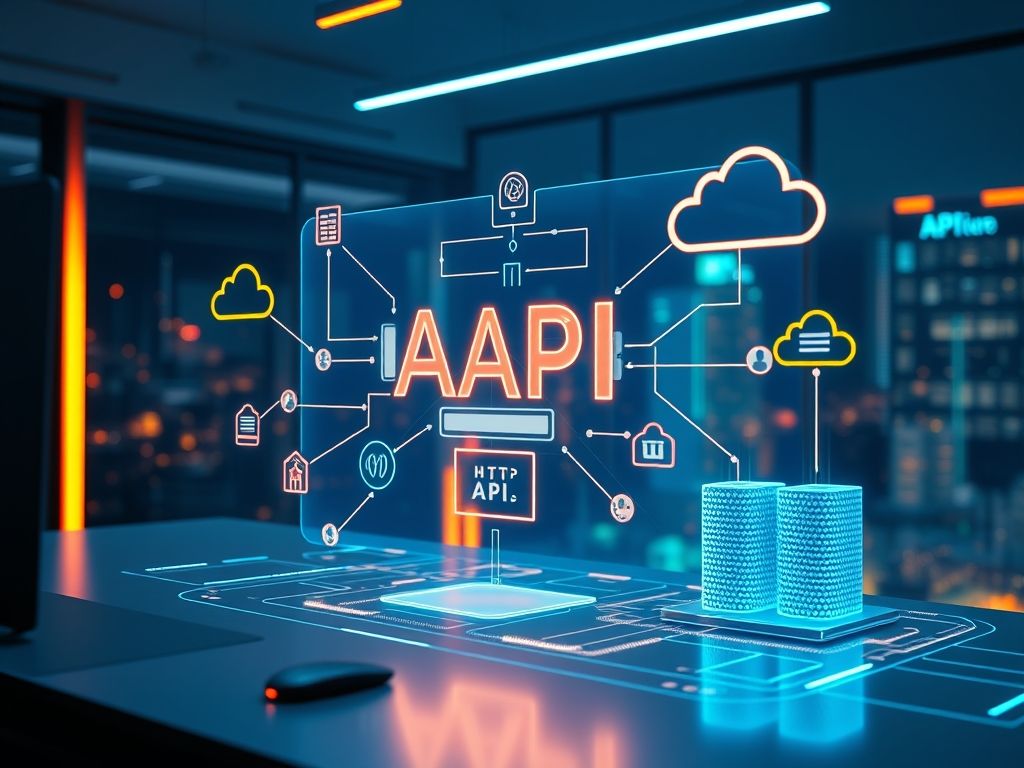Understanding APIs: A Comprehensive Definition
APIs, or Application Programming Interfaces, serve as crucial bridges that enable different software applications to communicate with one another. They provide a set of rules and protocols for building and interacting with software applications, allowing developers to access specific features or data from a service without needing to know the underlying code. In essence, APIs streamline development processes, enhance functionality, and foster innovation by enabling disparate systems to work together seamlessly.
The Importance of APIs in Today’s Digital Landscape
In an era where businesses rely heavily on technology, APIs play an instrumental role in the development of applications and services. They allow for:
- Integration: APIs enable the integration of various systems, making it easier for businesses to connect different services and platforms.
- Efficiency: By using APIs, developers can save time and resources, allowing them to focus on creating unique features rather than reinventing the wheel.
- Innovation: APIs facilitate the creation of new applications and services by allowing developers to leverage existing functionalities and data.
As a result, understanding APIs is essential for web developers who wish to remain competitive in the tech industry.
Types of APIs: A Closer Look
There are several types of APIs, each serving different purposes and functionalities. Below are some of the most common:
- Web APIs: Designed for communication over the internet, these APIs allow developers to access web services and resources. Examples include RESTful APIs and SOAP APIs.
- Library APIs: These APIs provide developers with functions and routines to perform specific tasks within programming languages. For instance, the jQuery library offers a rich set of functions for manipulating HTML documents.
- Operating System APIs: These APIs allow applications to interact with the operating system. Examples include Windows API for Windows applications and POSIX for Unix-based systems.
- Remote APIs: These APIs enable communication between different systems over a network. Examples include cloud storage APIs that allow applications to store and retrieve data remotely.
Real-World Applications of APIs
APIs are utilized across various industries and applications, showcasing their versatility and importance. Here are some practical examples:
- Social Media Integration: Many applications integrate social media APIs to allow users to log in using their social media accounts or share content directly from the app.
- Payment Processing: E-commerce platforms often use payment gateway APIs (such as PayPal or Stripe) to handle financial transactions securely.
- Data Retrieval: News applications utilize APIs to pull the latest headlines and articles from various news sources, providing users with real-time updates.
- Travel Booking: Travel websites often use APIs to access airline and hotel databases, allowing users to compare prices and book services seamlessly.
How to Use APIs in Your Daily Development Work
Integrating APIs into your projects can significantly enhance their functionality. Here’s how you can start leveraging APIs effectively:
- Identify Your Needs: Determine what functionality or data you need for your application. This could range from user authentication to accessing external databases.
- Research Available APIs: Look for APIs that match your requirements. Check documentation and community reviews to ensure they are reliable.
- Integrate the API: Use the API documentation to integrate the API into your application. This often involves making HTTP requests and handling responses.
- Testing: Regularly test the API integration to ensure it works as expected. Monitor for any changes in the API that may affect your application.
By following these steps, you can effectively utilize APIs to enhance your web development projects.
Related Concepts: Exploring the API Ecosystem
Understanding APIs also involves recognizing related concepts that enhance your knowledge. Some important terms include:
- Webhooks: Unlike APIs, which require requests to be made, webhooks send data automatically when an event occurs, providing real-time updates.
- SDKs (Software Development Kits): SDKs are collections of tools that help developers create applications for specific platforms, often including APIs for functionality.
- Microservices: This architectural style uses APIs to allow different services to communicate, enabling developers to build scalable applications.
Final Thoughts: Implementing API Knowledge
APIs are foundational to modern web development, providing essential tools for creating robust applications. As you explore and integrate APIs into your projects, remember to keep up with the latest trends and best practices in API development. This will not only enhance your skills but also improve the applications you build.
Reflect on how you can apply this knowledge in your current projects. Consider exploring new APIs that could enhance your applications’ functionality or streamline your development process. The world of APIs is vast, and there’s always something new to learn and implement.









